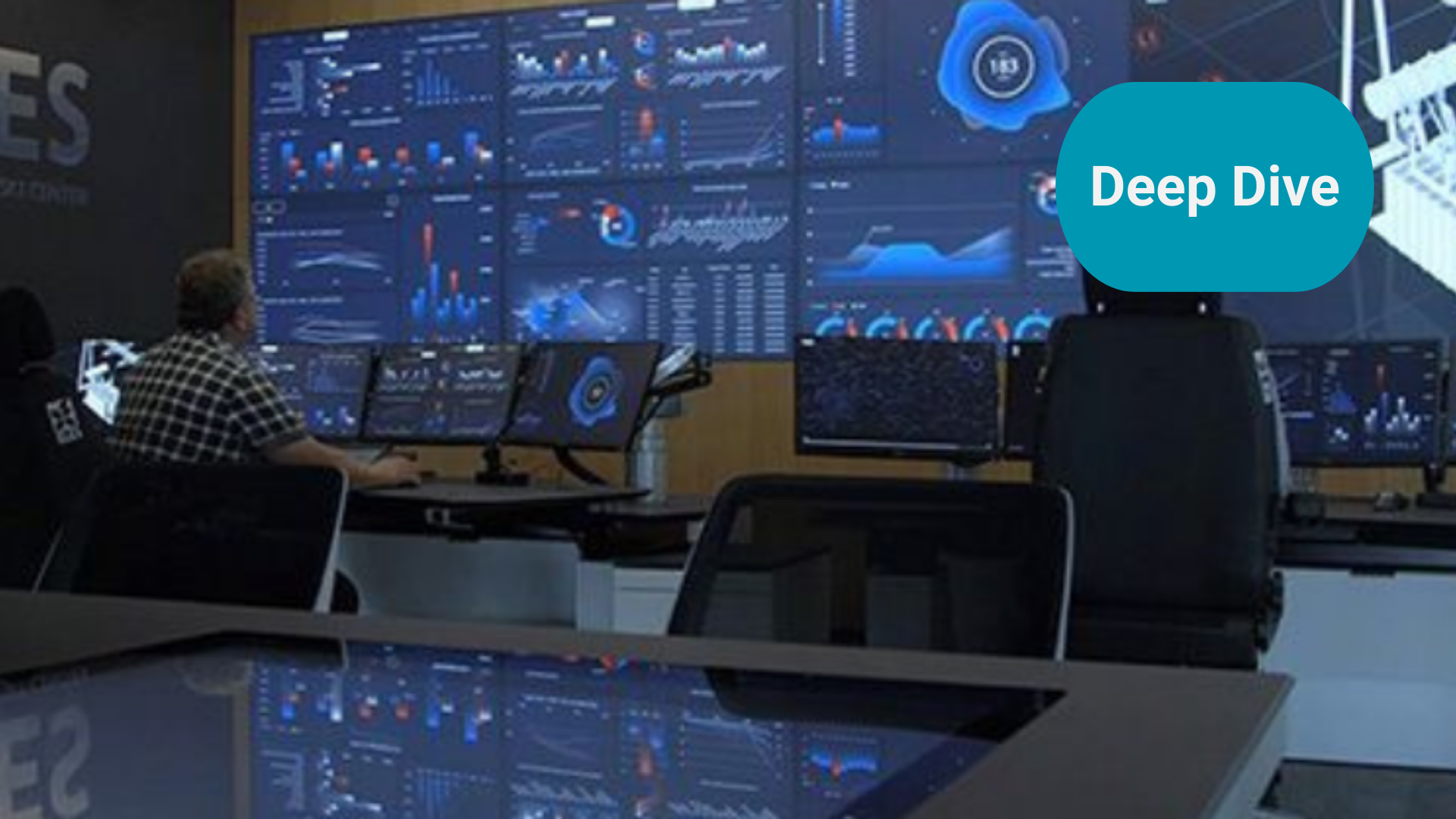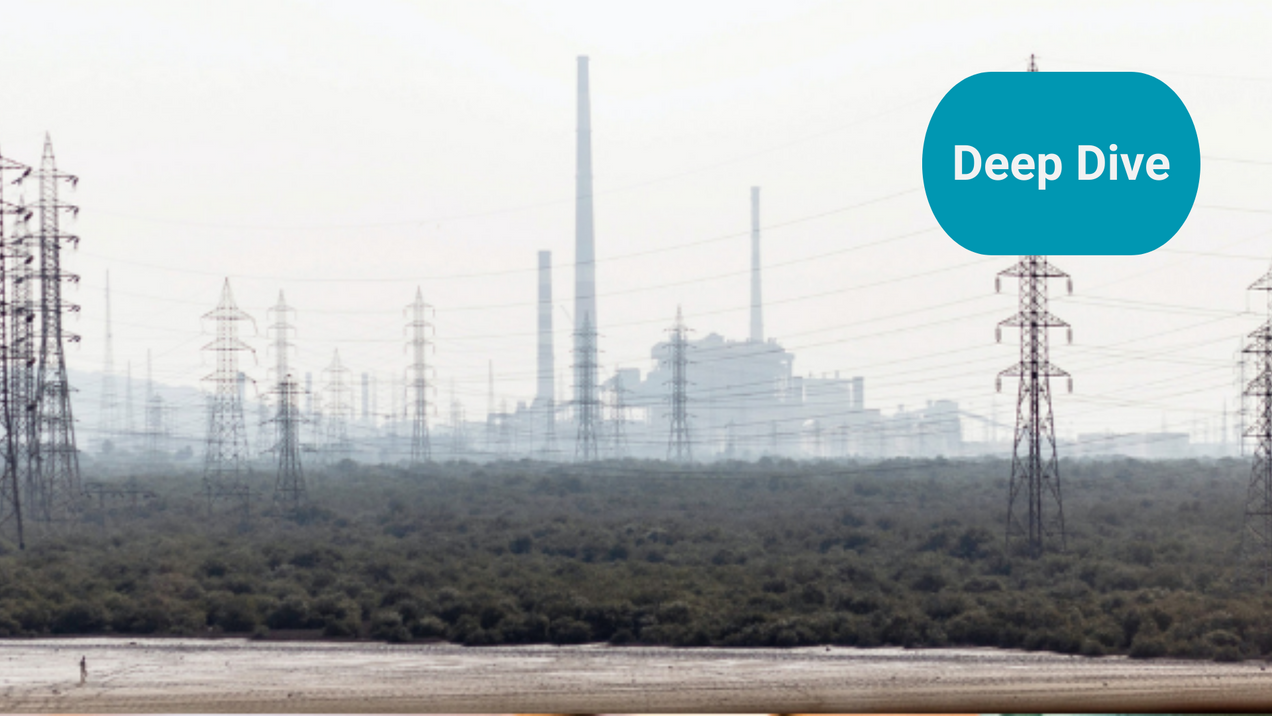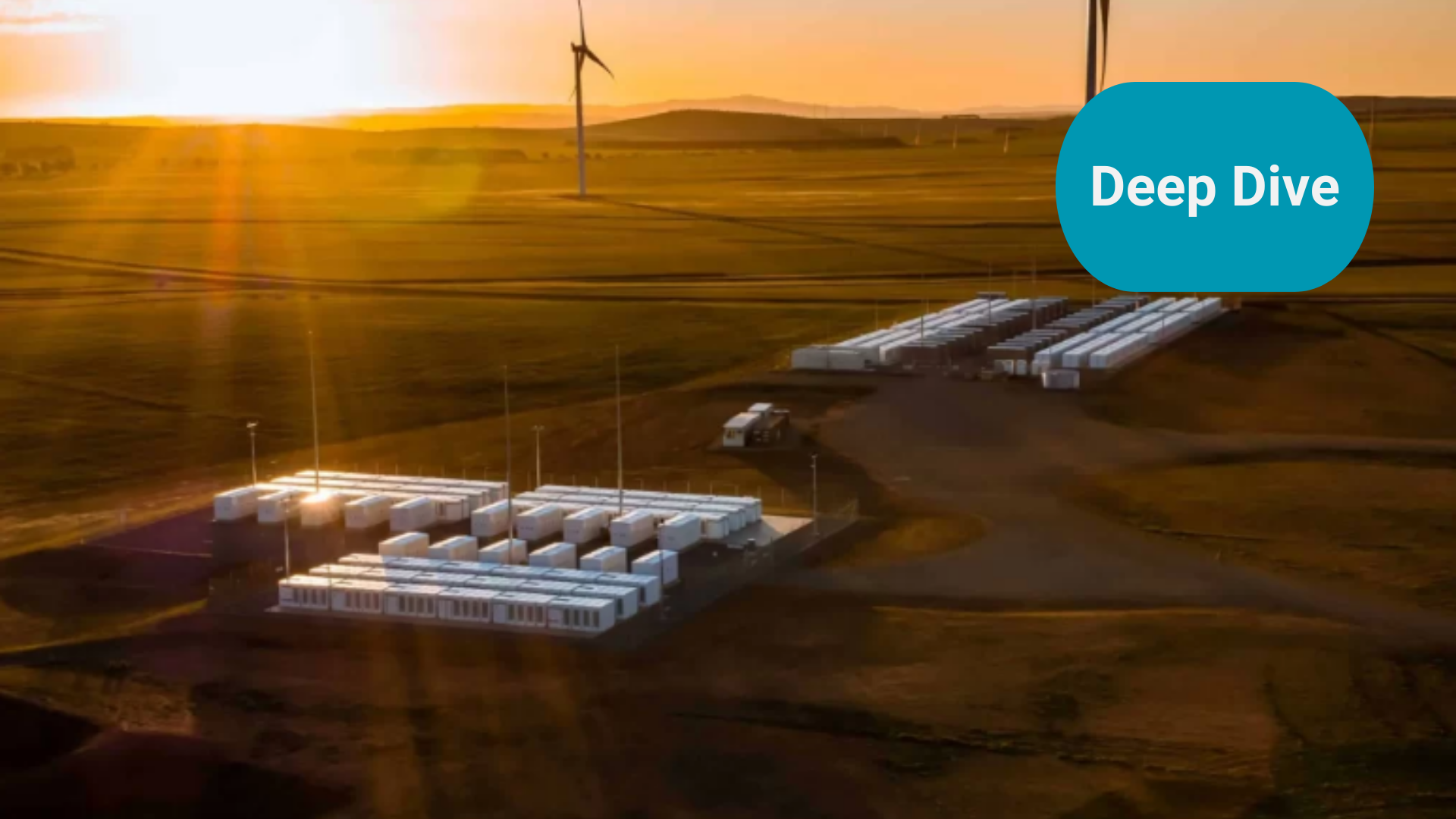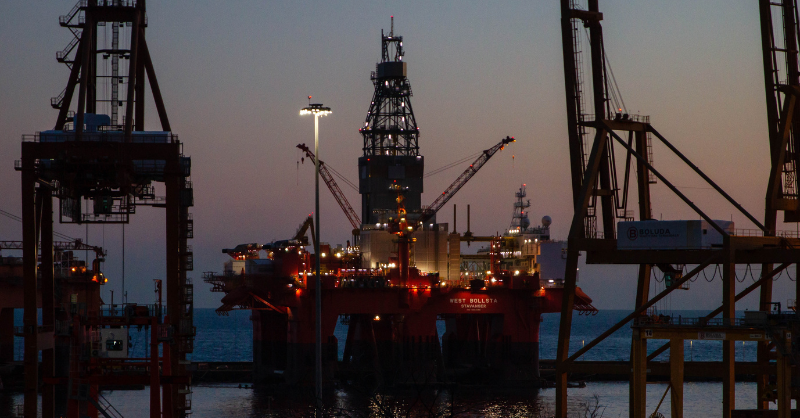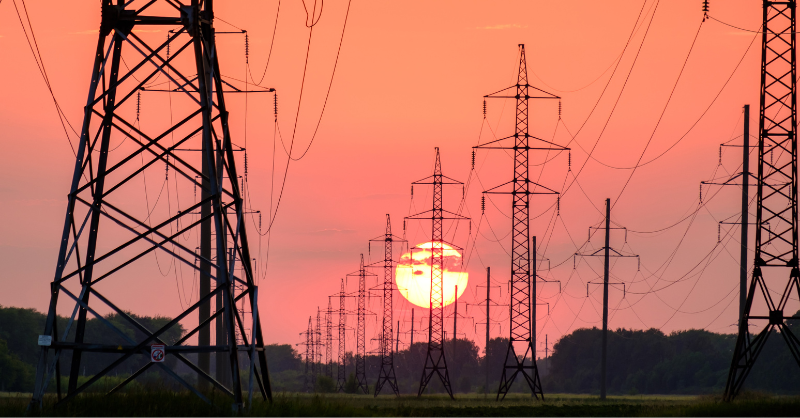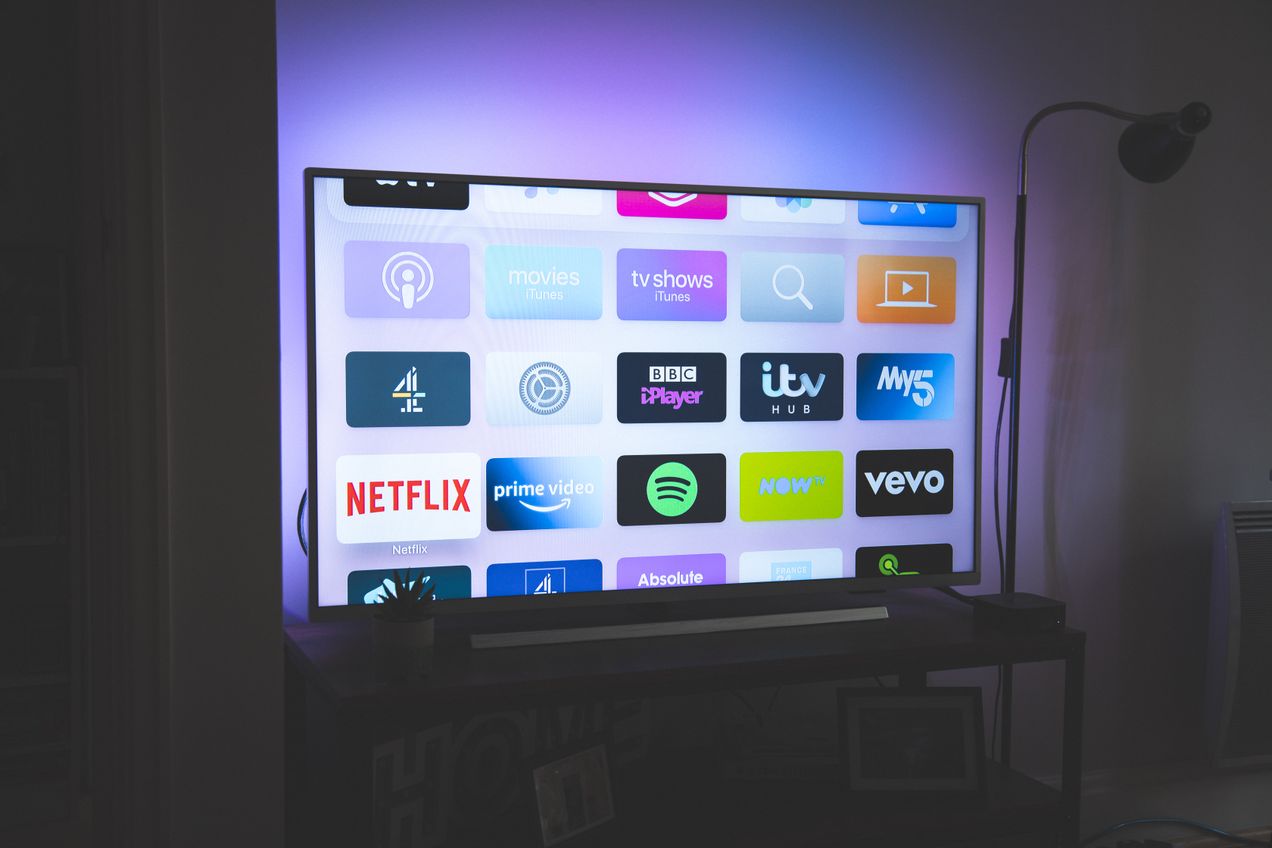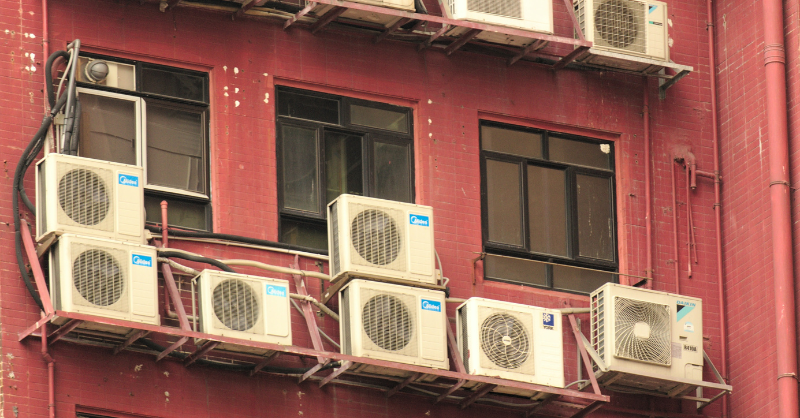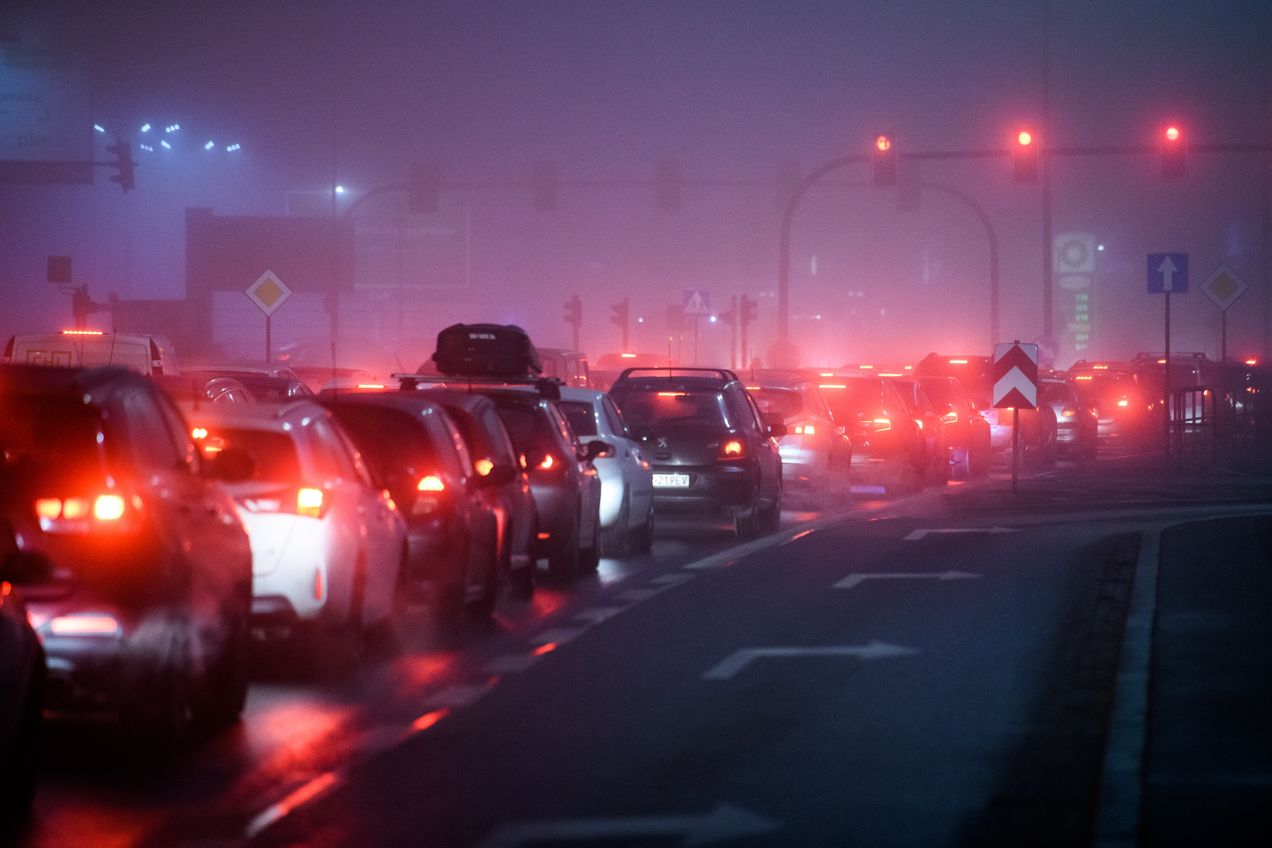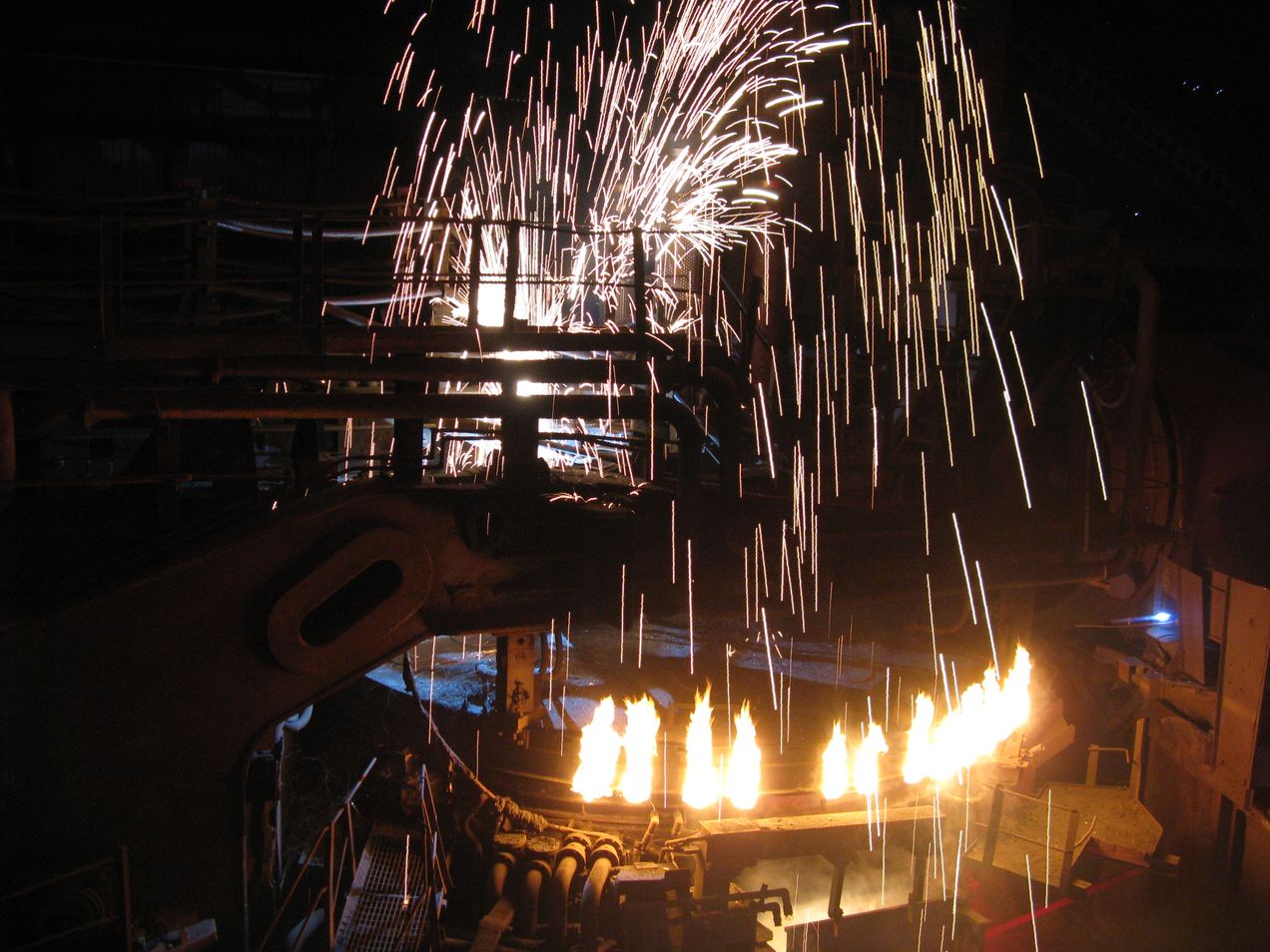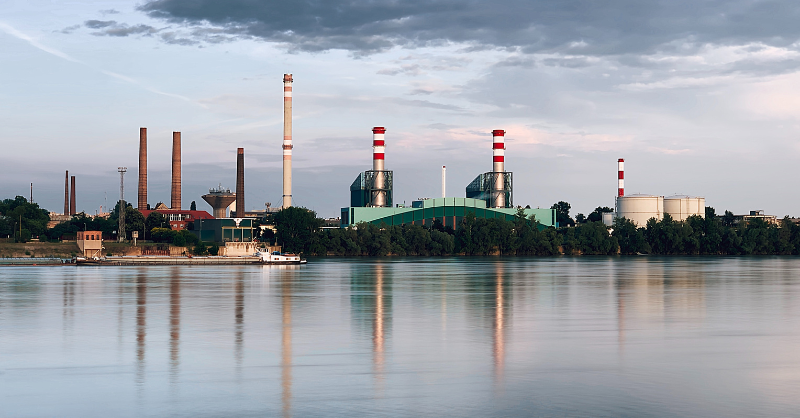Greener energy
Greener energy in transport, industry, and our electricity networks - plus all that goes with this
Software based electricity grid stability
The software based solutions that will make our electricity grids fit for purpose for the coming decades are a massive investment opportunity, that will also enable countries to have a realistic chance of hitting their decarbonisation and net zero targets.
Hardware based electricity grid stability
What supporting investments will we need to make to allow the electricity grid to run with a higher percentage of renewables. Without them our green electricity targets will not be met.
Electric trucks - the future of freight?
While it might appear from recent news stories that the debate about what will power the trucks/HGV’s of the future is ongoing, in reality it's actually pretty much already decided. Short of any surprises in the next couple of years, it's going to be electricity.
Digital sustainability and the choir of many voices
Our appetite for digital content is voracious. But Digital infrastructure brings with it an environmental and social footprint.
Battery storage - the next transition boom industry?
Battery storage has an increasingly important role to play as we build out an electricity grid dominated by renewables. But, current revenues from filling the generation gaps left by variable renewables are actually small, with the main income stream being from the smaller grid stability market.
Is gas flaring a solvable problem?
Gas flaring is part of the wider methane emissions challenge. It gets a lot of attention, in part because its highly visible. How easy is it to fix ? Part solutions seem easy, and financially viable, full solutions look tough.
The cyber threat to our key infrastructure
Smart grids are making our electricity systems more responsive and reliable, better able to handle the addition of more renewable generation, and they are contributing to reducing costs. But they also bring cyber risks.
Taking TV for a 500 mile drive?
This works out at a daily working return commute of only 2 miles per day - suggesting the impact of watching TV for a year is small. However, taken globally, the number of individuals doing that same activity is large and that soon adds up to something meaningful.
Reducing electricity demand and still staying cool
For many in the world, staying cool in the heat of summer is as important as staying warm in the winter is to those of us who live in the the northern latitudes. And yet it often gets a lot less attention in the electricity security and supply debate.
Air pollution and passenger vehicles
With motorised vehicles the focus is often on reducing their carbon footprint by changing how they are powered. But what about their impact on air pollution?
Pathway to green steel
Steel is a fundamental building block of our modern economy. As a large source of GHG emissions, its production is an important decarbonisation problem. But we have solutions.
Green hydrogen - why should I care what it costs?
If you care about sustainability being financeable, you should also care about how much it costs to make green hydrogen.
